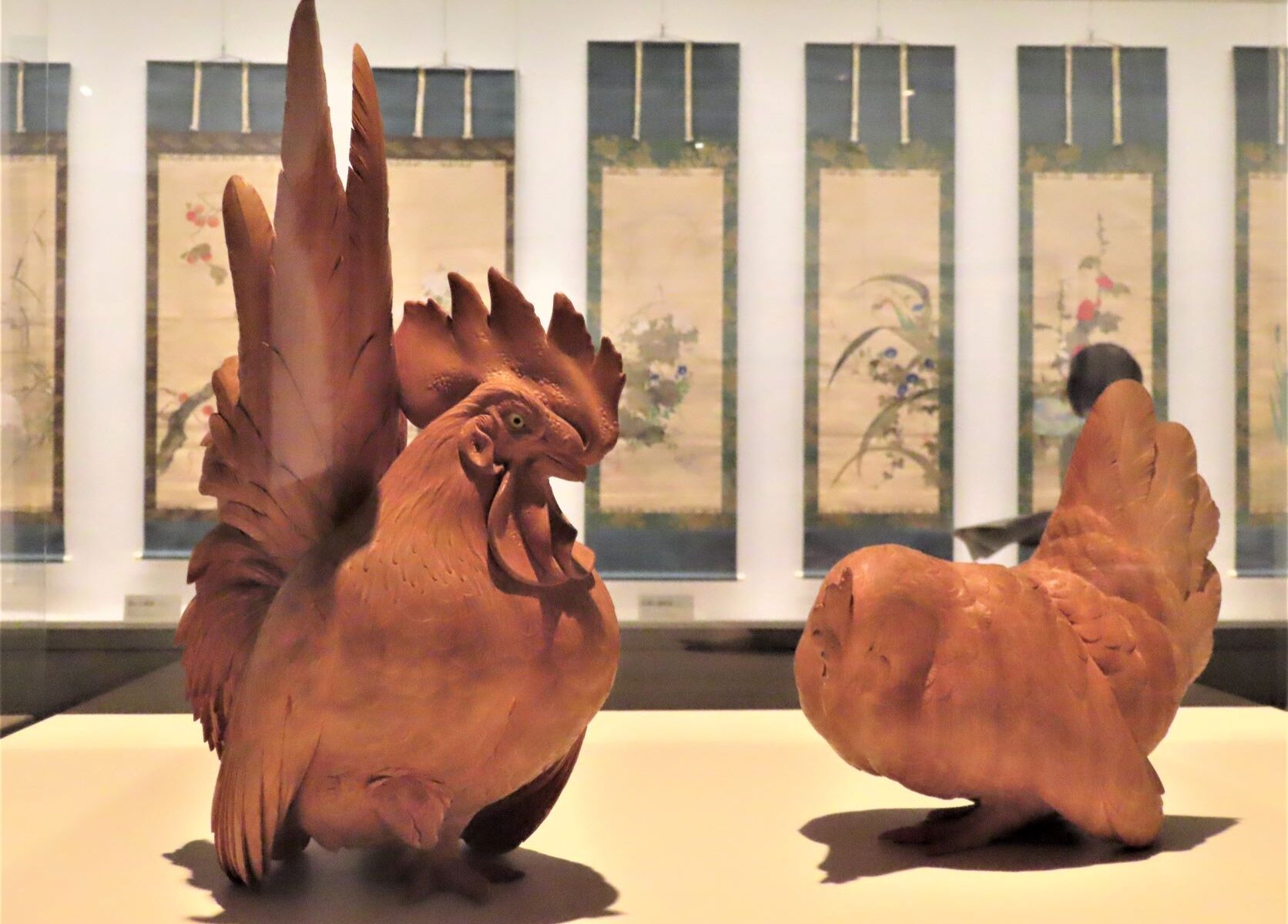The University Art Museum, Tokyo University of the Arts
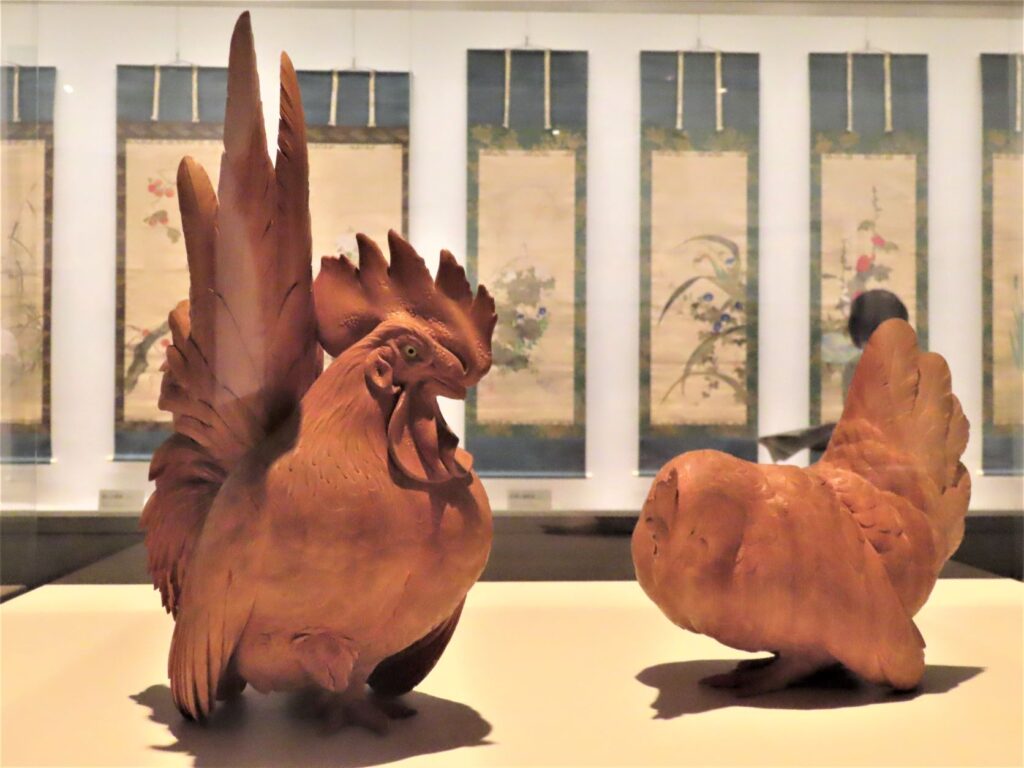
Tokyo University of the Arts (former Tokyo Fine Arts School) plays an important role as an art education and research institution.
A special exhibition that combines the collection of the Imperial Household Agency's Sannomaru Shozokan with the collection of gems
“Unraveling Japanese Art: The Imperial Household, the Treasure Box of Beauty” has begun.
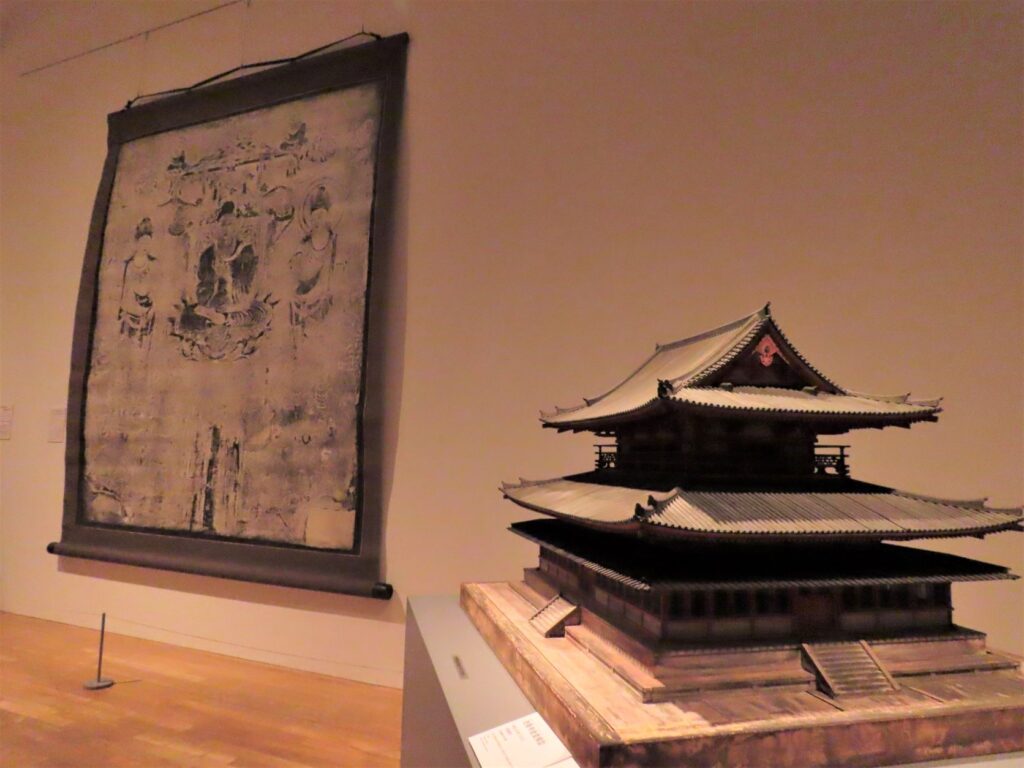
From August 6th (Sat) to September 25th (Sun), 2022, the special exhibition “Unraveling Japanese Art: The Imperial Family, the Treasure Box of Beauty” is being held at the University Art Museum, Tokyo University of the Arts.
The Tokyo University of the Arts, where this exhibition will be held, is the place where Okakura Tenshin first systematically lectured on Japanese art history in 1890 at its predecessor, the Tokyo School of Fine Arts, and is an important art education and research institution in Japan. has played a role.
In this exhibition, 82 works will be exhibited, including masterpieces and excellent works related to the imperial family, which are stored in the Sannomaru Shozokan, Imperial Household Agency, and those in the collection of Tokyo University of the Arts. Japanese art from the Nara period to the Showa period is introduced in an easy-to-understand manner by motifs and themes such as calligraphy, waka poems, people and stories, flowers and birds, animals, and landscapes.
*The content of the article is as of August 5, 2022. Please check the exhibition website for the latest information.
An overview of masterpieces from each era! A true textbook to experience
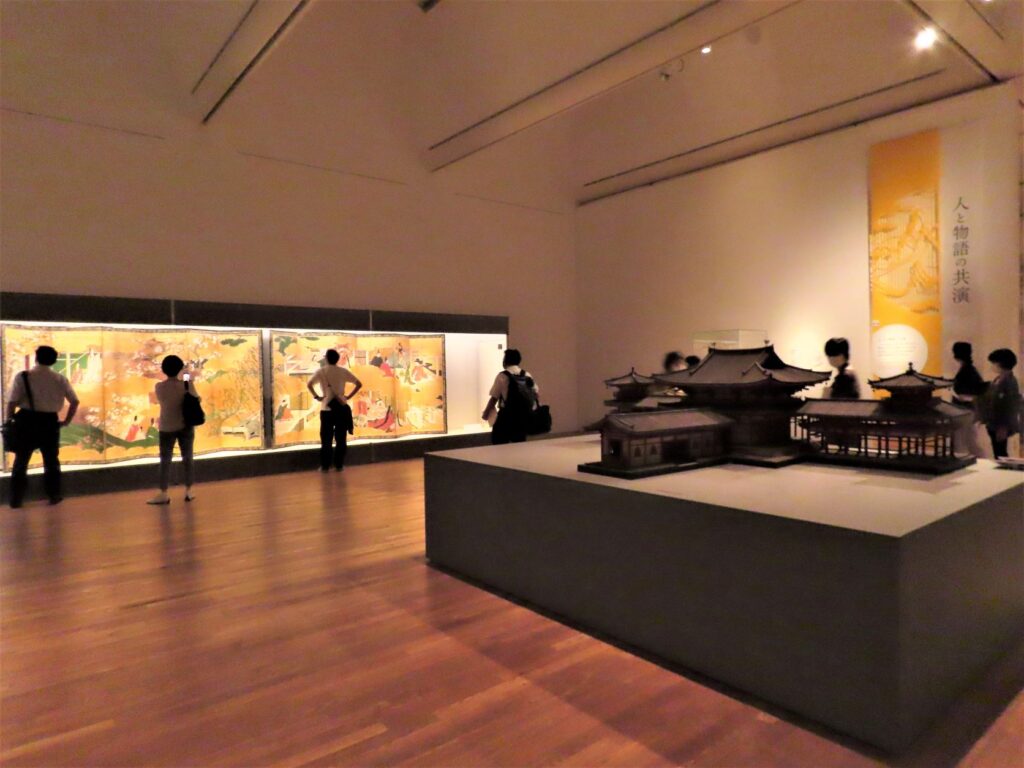
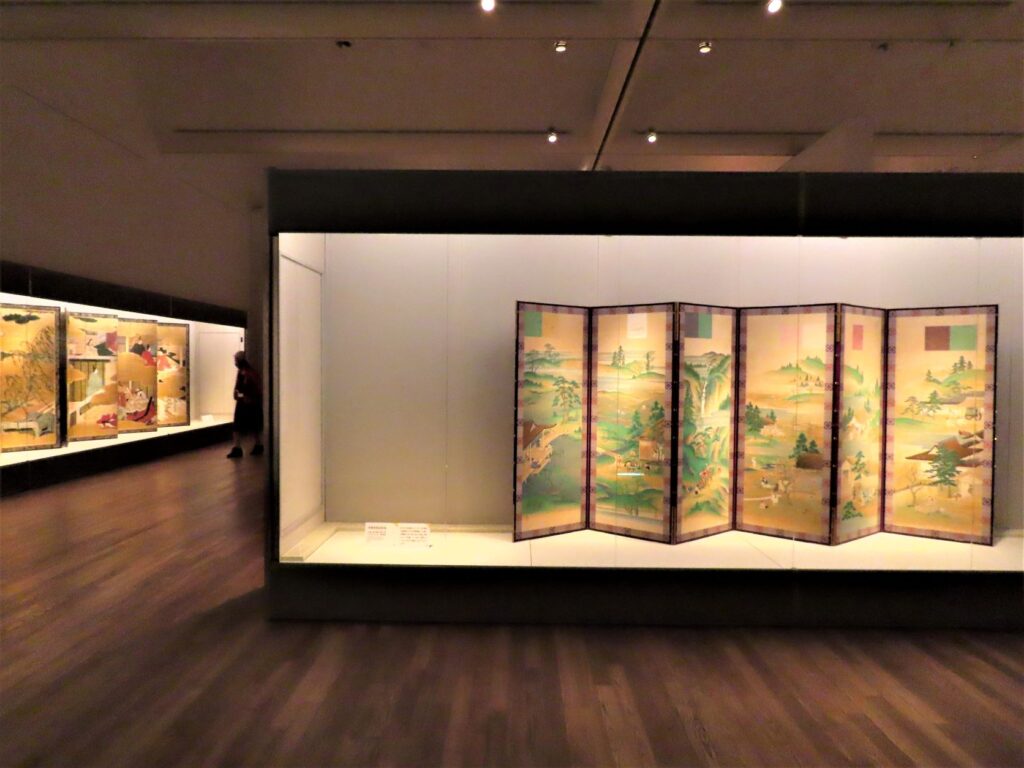
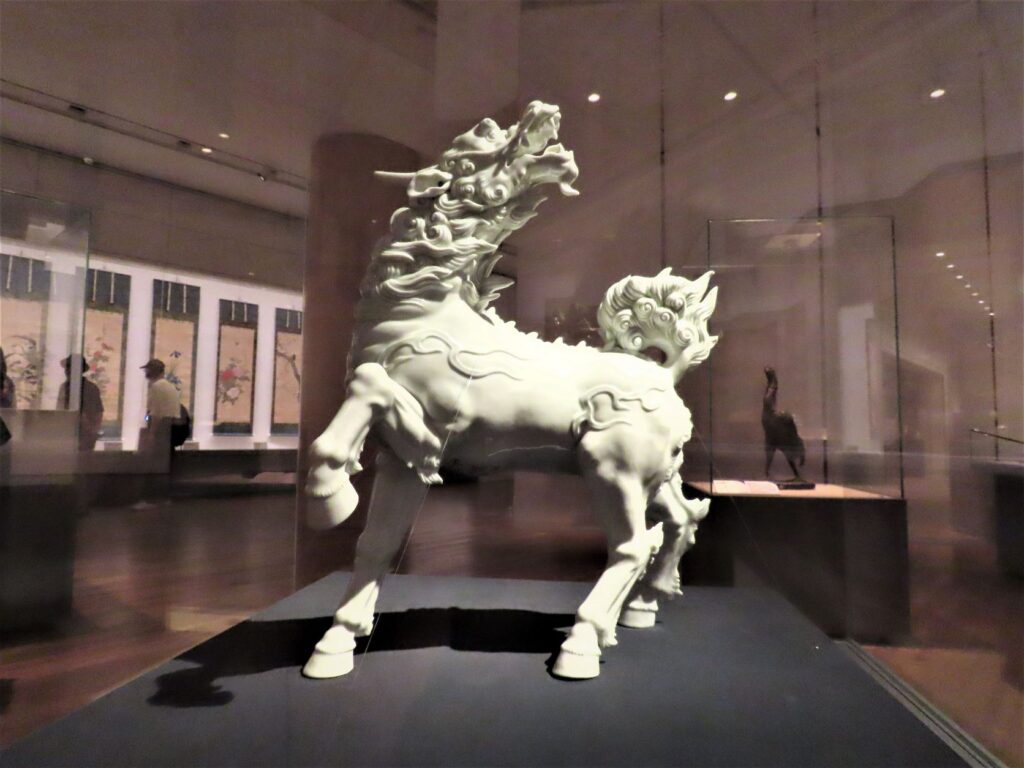
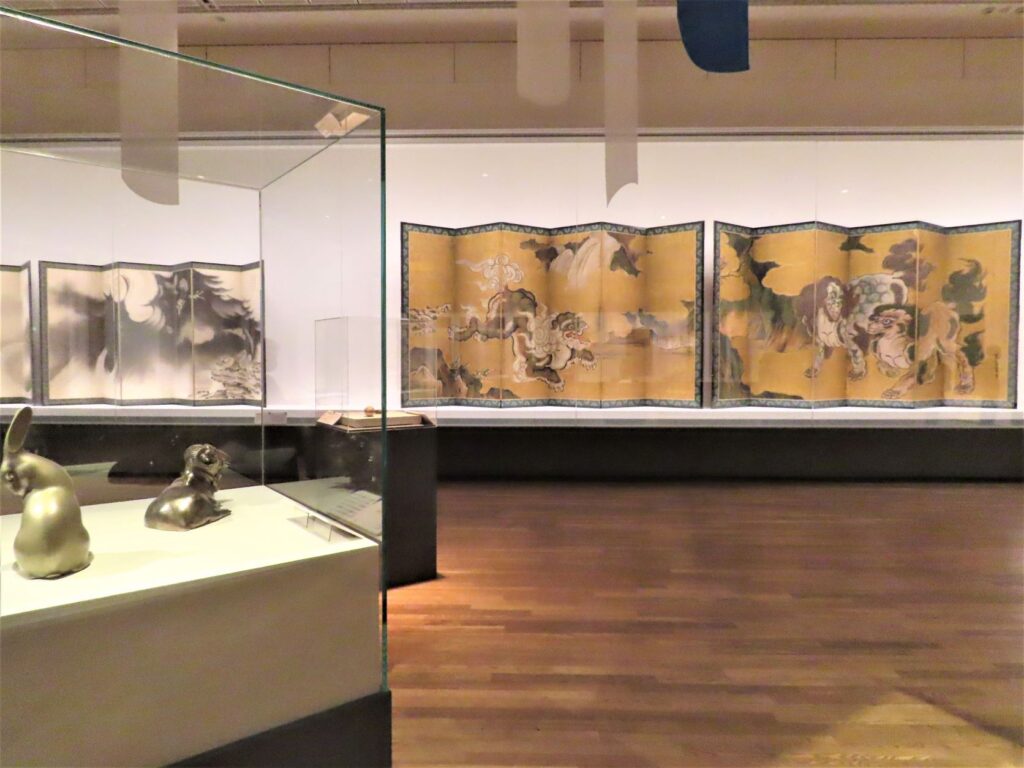
Tenshin Okakura, who contributed to the founding of the Tokyo School of Fine Arts, established the history of Japanese art as a foundation for creating future art, and developed it as an academic discipline. It can be said that the achievement is very large.
However, although it is not limited to Japan, when appreciating art, it is not uncommon for people to avoid it because it is difficult to know the author, historical background, technical terms and concepts.
What is shown in the special exhibition “Unraveling Japanese Art: The Imperial Family, the Treasure Box of Beauty” is to untangle the rigid image of “Japanese art” as much as possible, and to touch and become familiar with individual works. National treasures that everyone knows are lined up at the venue, and conversations such as "I saw it in a textbook!"
At the venue, works are exhibited according to themes such as "The beauty of Japan that begins with letters," "Collaboration between people and stories," "Exciting creatures," and "Feeling heartened by landscapes." Ingenuity has been devised so that you can enjoy it.
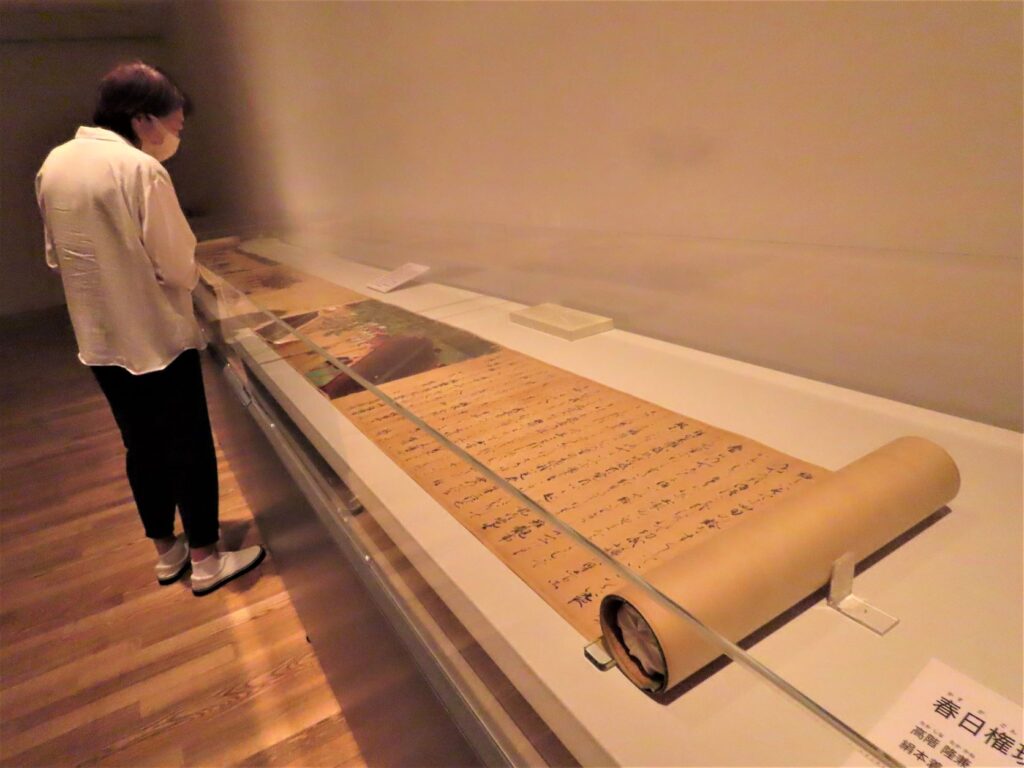

The exhibition begins with Chapter 1, "Beauty of Japan Beginning with Letters," which introduces how kana characters created by Japanese sensibilities are linked to art. In the second chapter, "Collaboration of People and Stories," you can see the process in which the various written stories are linked to the scenery of the four seasons and the state of people, and sublimated into beauty.
Here, precious picture scrolls such as " Kasuga Gongen Genki Eki-e" and " Mongol Invasion Ekotoba" , which were designated as National Treasures for the first time in the Sannomaru Shozokan collection last year, are on display. Furthermore, works such as The Tale of Genji Folding Screen , which is said to have been made by Eitoku Kano, tell us that literature from the Heian period was long loved by Japanese people after that.

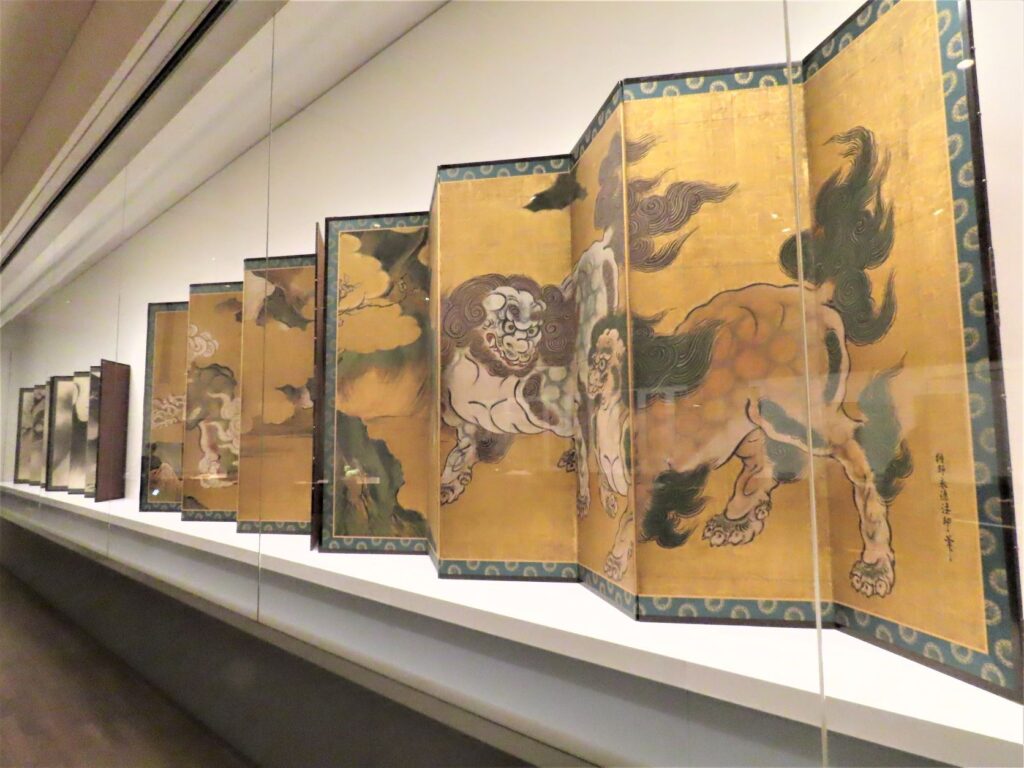
In Chapter 3, "Wakuwaku Ikimono," which focuses on the diverse gazes and expressions of Japanese people toward living things, there are a lot of noteworthy exhibits.
Hoichi Sakai’s “12 Months of Flowers and Birds”, which will be exhibited at once in all 12 paintings, Ito Jakuchu’s National Treasure “Animals and Plants” (Exhibition 1), and Tani Buncho’s “Tiger” (Exhibition 1). All of them are lined up with works that should be called the treasures of Japanese art.
The most notable is the National Treasure "Karajishi-zu Folding Screen" , which was drawn by Eitoku Kano on the right screen (Momoyama period, 16th century) and by Tsunenobu Kano on the left screen (Edo period, 17th century). I would like you to see the powerful lion on the right screen, which is considered to be Eitoku Kano's masterpiece, at the venue.
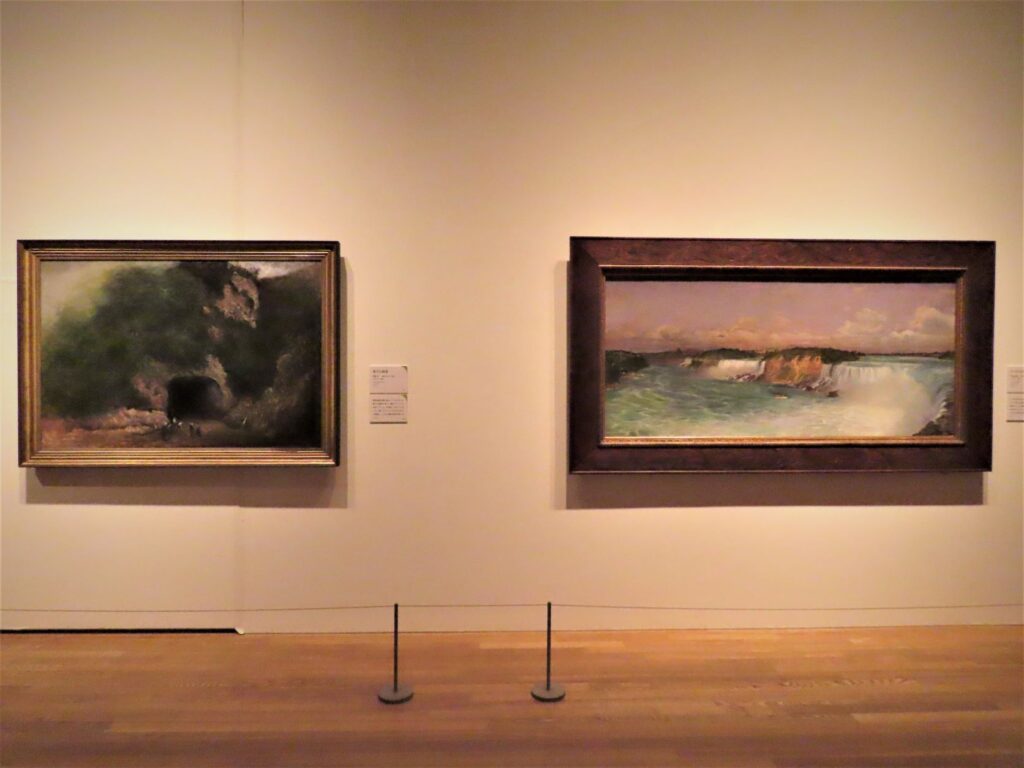
In Chapter 4, "Focus on the Landscape", works with nature and landscape motifs will be exhibited, starting with the traditional natural theme of "Hamamatsu-zu" and landscape paintings from the early days of Western painting. You can trace how the essence of ancient Japanese landscape expression has been passed down to modern painting while changing its form.
Yoshimatsu Gosoda's "Niagara Landscape" is a painting from the Meiji period depicting the magnificent Niagara Falls. By contrasting the sightseeing boat in the foreground with the waterfall, the grand scale is communicated to the viewer.
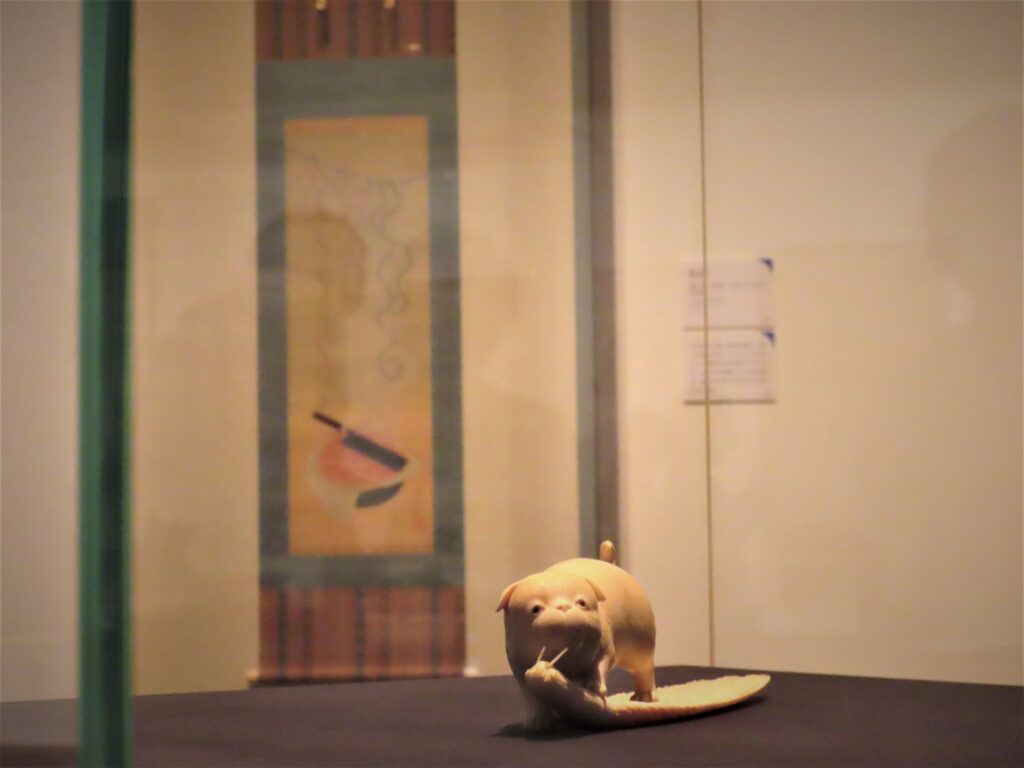
Many masterpieces have been handed down to future generations through the efforts of the Imperial Household Agency and the Tokyo Fine Arts School.
"That work" that everyone knows will have a fresh impression if you actually see it.
By all means, I would like you to visit the venue to see the real thing.
*All works that do not indicate where they are owned are in the collection of the Sannomaru Shozokan, Imperial Household Agency.
Overview of the event
| exhibition period | August 6 (Sat) – September 25 (Sun), 2022 *During the exhibition period, there will be changes in the exhibition and rewinding of the works. First half exhibition: ① August 6th (Sat) – August 28th (Sun) / ② August 6th (Sat) – September 4th (Sun) Late exhibition: ① August 30 (Tue) – September 25 (Sun) / ② September 6 (Tue) – September 25 (Sun) |
| venue | Exhibition Rooms 1, 2, 3, 4, Main Building, The University Art Museum, Tokyo University of the Arts |
| Opening hours | 10:00 am – 5:00 pm (Last entry 30 minutes before closing) * Open until 7:30 p.m. on Fridays and Saturdays in September |
| closing day | Mondays (but open on September 19th) |
| viewing fee | General 2,000 yen, high school/college student 1,200 yen * Free for junior high school students and younger, and those with a disability certificate and one assistant. *This exhibition does not require advance reservations, but there is a possibility that admission restrictions, etc. will be implemented depending on the future situation. |
| organizer | Tokyo University of the Arts, Imperial Household Agency, Yomiuri Shimbun |
| Contact information | 050-5541-8600 (Hello Dial) |
| Exhibition HP | https://tsumugu.yomiuri.co.jp/tamatebako2022/ |
Article provided by: kokosil Ueno


